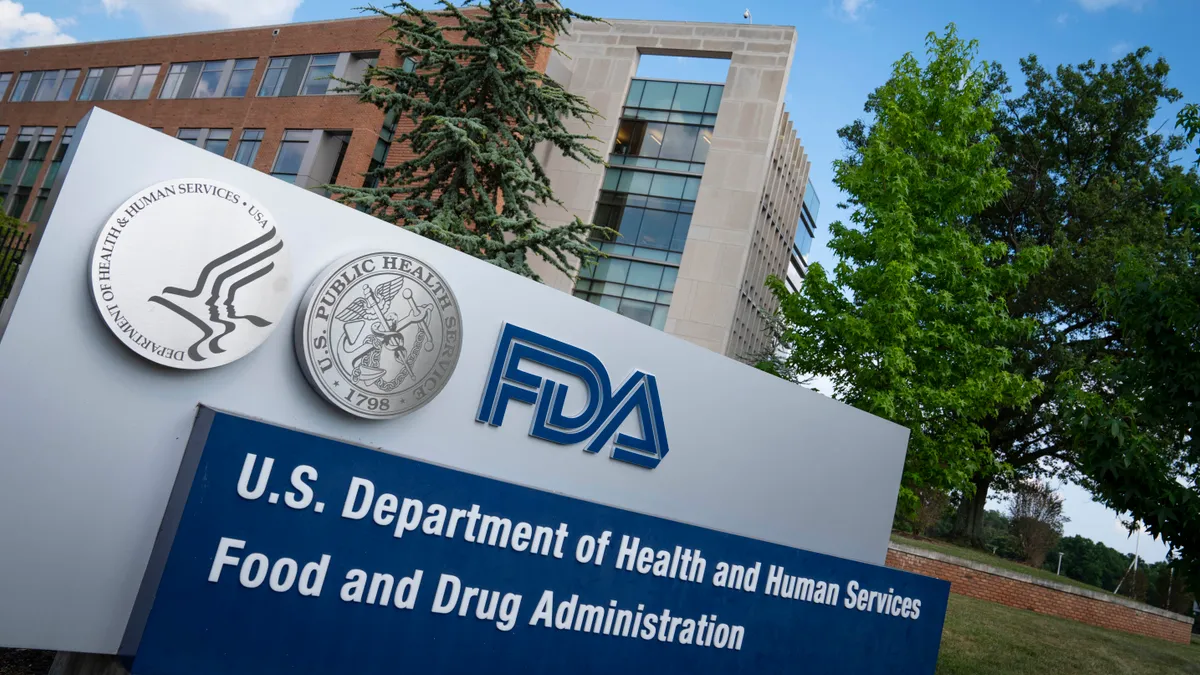Medical device recalls climbed nearly 36% in the third quarter compared to the previous quarter, marking the first quarter-over-quarter jump in recalls in the past year, according to Sedgwick's most recent U.S. product recall index.
There were 235 medical device recall events last quarter, up from 173 in the second quarter, according to the report, which was released Nov. 19. The rise in recalls is the first quarterly increase since the second quarter of 2020 and signifies "a return to pre-pandemic levels."
The leading reasons for recalls were software issues, mislabeling, parts issues, as well as product quality and safety concerns. According to the report, software issues have been the primary cause of recalls in 21 of the last 22 quarters.
Sedgwick releases a U.S. product recall index report every quarter that covers recall information ranging from the automotive industry and consumer products to the medical device and pharmaceutical industries. The company said in an emailed statement that the medical device recall data it uses come from the FDA's public enforcement reports.
The medical device recall process has been a contentious issue for years, with industry experts claiming that the FDA's system is outdated, lacks accountability for device manufacturers and leaves patients vulnerable to health risks, including being implanted with devices that have already been recalled.
The FDA has held two public meetings in the last year to review and potentially make changes to the recall process. The meetings followed high-profile product safety issues, including patient deaths and injuries linked to malfunctioning surgical staplers and Allergan's breast implant products recall, which caused a rare cancer in hundreds of women.
Recalls do not always mean a product has malfunctioned and are not always tied to patient injuries or deaths, however. The reasons for recalls can range from faulty devices to mislabeled packaging, for example.
The FDA also has a tiered recall classification system based on safety risks for patients. Class I events are the most serious, suggesting "a reasonable probability that the use of or exposure to a violative product will cause serious adverse health consequences or death." Class I events are followed by Class II and then Class III events.
With 210 events in the third quarter, Class II recalls made up the overwhelming majority of all recall events at 89%, which is "typically the case," according to Sedgwick's report. Twenty events were labeled Class I recalls last quarter, and five recalls were labeled Class III events.
The 235 recall events in the third quarter impacted 372 million total units, which is significantly above the average quarterly mark over the last 10 years of 68 million units, according to the report. However, one recall largely accounts for the outlier quarter.
In August, Cardinal Health initiated a recall of its Monoject saline flush prefilled syringes, which are used to flush intravenous tubing and other devices that are used to access blood vessels for fluid and medication delivery. The recall affected over 267 million units, meaning the number of total units impacted in the third quarter would more closely resemble or fall below previous quarters if the one recall event was not included.
The FDA labeled Cardinal Health's recall as a Class I event. The product malfunctions were not associated with any patient injuries or deaths at the time of the agency's August recall notification.
After the first quarterly jump in recall events since mid-2020, October events outpaced last quarter's rate. According to the report, there were 94 recalls in October, which surpassed the average monthly total of 78 in the third quarter.
However, the report stated that the number of units impacted in October was "significantly lower" than the monthly average for the first nine months of 2021.











